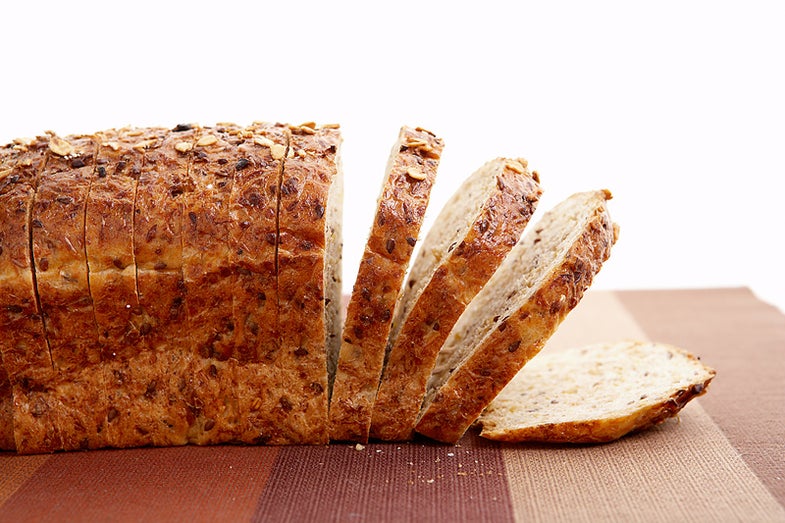What If You Could Insulate Your House With Toast?
Scientists are turning bread into high-tech foam

Imagine a future where buildings and pipes are insulated by burnt toast. “We used to eat that,” you tell your future grandchildren. They don’t believe you. Burnt toast is just innocuous foam insulator to them. But you remember.
There are Chinese scientists making my warped fantasies a reality. They’re making carbon foam from burnt toast.
Believe it or not, there’s a real problem the scientists are trying to solve. Carbon foam is a lightweight material widely used as an insulator or to dampen impacts with applications in the aerospace industry. The foam’s properties need to be tailored to the specific application, though, so making it is difficult, costly and time consuming.
Folks have tried building up single-atom thick sheets of carbon called graphene or transmuting watermelons and even banana peels, according to the study published by a team led by Ye Yuan at Harbin Institute of Technology in China in the American Chemical Society’s Applied Materials & Interfaces last month. So, why not toast? It’s environmentally friendly and easy to make.
They started by baking the bread, with a recipe I’ve included below. They turned it to foam by heating it in a furnace filled with argon gas instead of air, which removed all of the water and left a black network of carbon atoms surrounding empty space: the air pockets from the bread. The scientists were able to create different foams with different sized air pockets, and therefore different structural qualities, by altering the temperature and the amount of yeast. More yeast meant more holes and a more porous foam.

The scientists tested the different foam recipes for strength, insulation properties, and ability to block electromagnetic waves; their foams were lightweight, good insulators and good wave blockers. Thank you, toast.
For your convenience, I’ve paraphrased Yuan’s recipe so you can make your own carbon foam bread.
Ingredients:
- 5g dry yeast
- 115 ml of water
- 300g flour
Directions: Dissolve yeast in water by stirring. After completely dissolved, pour flour, followed by the mixture into a dough mixer. Knead the dough slowly for about 10 minutes until the wet flour coheres to a paste. Ferment the paste for about 60 min at 35 °C to form the pores. Bake the bread in an oven at 180 °C for 40 min. After that, let dry for 18 hours at 80 °C.
And if you want foam, put the bread into a laboratory tube furnace with argon gas, heating at a rate of 10 °C per minute and holding at the desired temperature for 120 minutes. Leave in argon gas and let cool to room temperature.
[h/t ACSH]